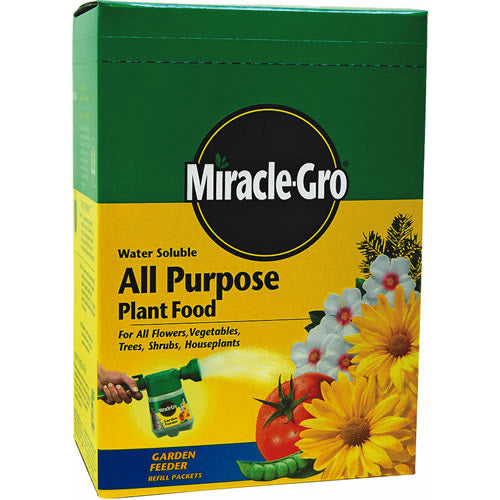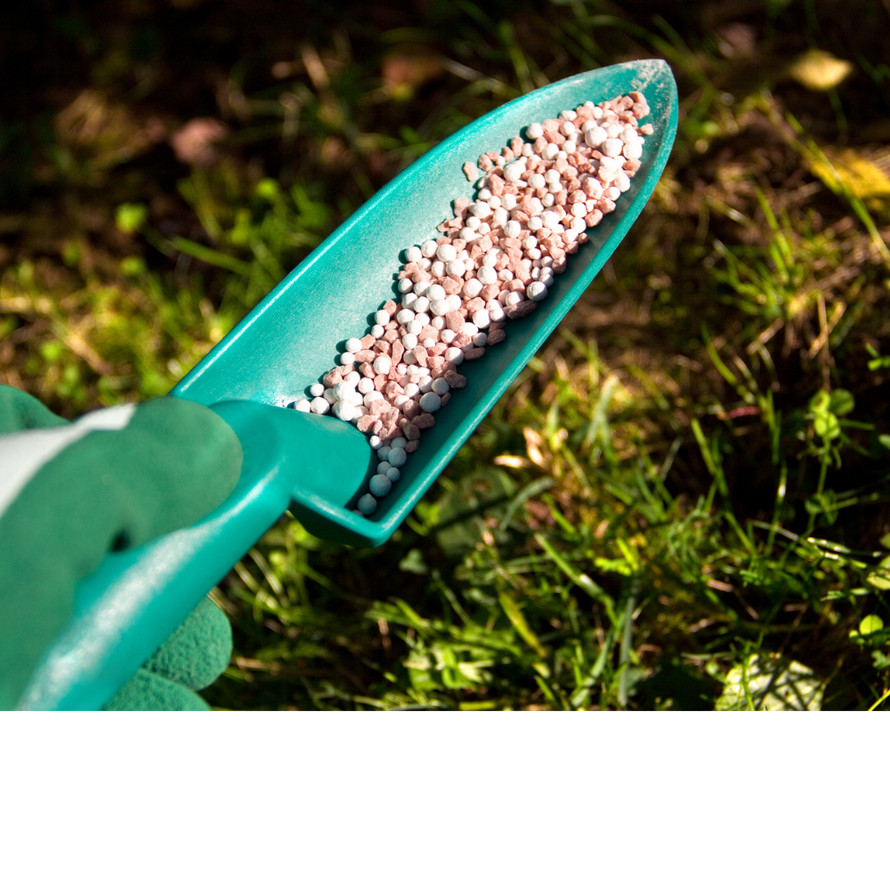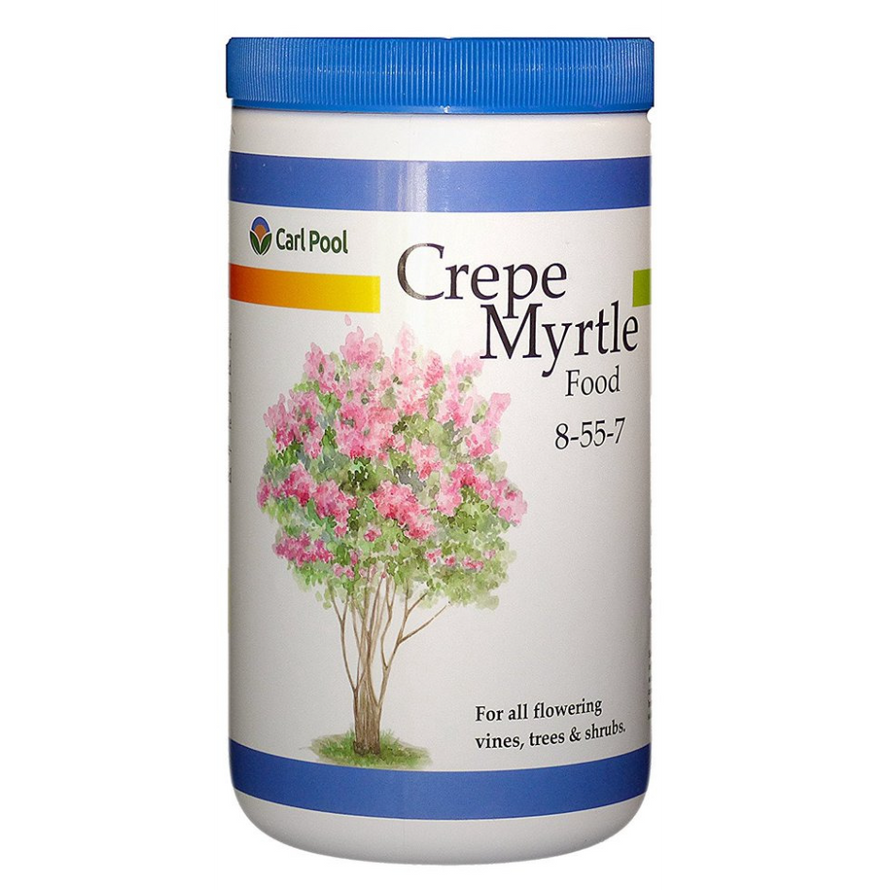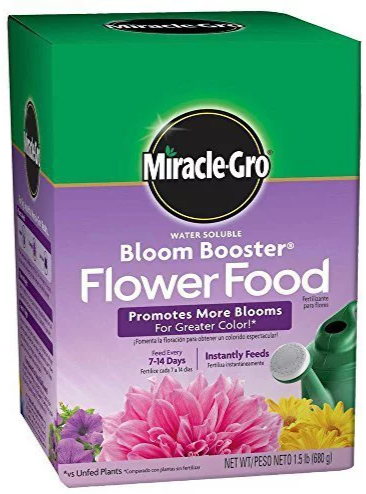Proper Crape Myrtle Fertilization
Crape Myrtle Fertilization – Boost Growth, Blooms, and Beauty!
Want to see your crape myrtles bursting with vibrant blooms and lush, healthy foliage? It all starts with the right Crape Myrtle Fertilization! These stunning trees are already low-maintenance and easy to grow but giving them the proper nutrients at the right time can take their growth and flowering power to the next level. Whether you’re growing a towering Tuscarora or a delicate miniature variety such as our Bijou Micro Mini's™, we’ve got the fertilization secrets to help your crape myrtles thrive year after year!
So, when should you fertilize your crape myrtles? Timing is key! The best Crape Myrtle Fertilization schedule starts in early spring, just as new growth begins. A balanced slow-release fertilizer with the right blend of nitrogen, phosphorus, and potassium will give your trees a strong head start. Want bigger, longer-lasting flowers? Apply fertilizer again in late spring to early summer, just before the first blooms appear! A little extra care means bigger flower clusters and more color all season long!
Choosing the right fertilizer makes all the difference. For Crape Myrtle Fertilization, especially bloom-boosting, we recommend a high-phosphorus fertilizer (look for a middle number like 10-50-10) to encourage heavy blooming. But don’t overdo it! Too much nitrogen will cause excess leafy growth at the expense of flowers. If you’re growing crape myrtles in pots or containers, a liquid fertilizer every few weeks can keep them thriving.
What about organic options? Crape Myrtle Fertilization doesn’t have to involve synthetic fertilizers—compost, bone meal, and fish emulsion are all excellent choices for boosting growth naturally. Mulching around the base of your trees with organic matter helps retain moisture and improve soil health, giving your crape myrtles everything they need to flourish effortlessly.
With the right fertilizer, proper timing, and a little love, your crape myrtles will reward you with incredible blooms, strong branches, and stunning fall foliage. Ready to learn more? Keep Reading! Our expert guide for all the Crape Myrtle Fertilization tips you need—and shop our selection of top-quality crape myrtles to start growing your dream garden today! 🌸🌿

Proper Fertilization of Crape Myrtles
Fertilizing your crape myrtles is an essential aspect of their care and can greatly enhance their growth, vigor, and flowering potential. Here we detail a description of proper fertilization techniques.

Selecting the Right Fertilizer
Although crape myrtles are a very low maintenance deciduous hardwood, a little care will go a long way. With proper regular fertilization during the active growing season, you will maximize growth rate, increase flower yield and duration in addition to enhancing flower color.
- Choose a balanced fertilizer specifically formulated for flowering trees or shrubs.
- Look for a fertilizer containing nitrogen (N), phosphorus (P), and potassium (K), in addition to trace minerals such as iron, magnesium, manganese and sulfur. Macro and micronutrients provide a good balance necessary for overall plant health and flowering.
Crape Myrtles aren't that picky. You can choose from slow-release tree fertilizer stakes or slow-release granules such as Osmocote. You can also use immediate release fertilizers such as All-Purpose Water-Soluble Miracle Gro, 10-10-10, etc.

Time of Year to Fertilize
Fertilize your crape myrtles during the active growing season, typically from early spring to late summer.
- It is best to apply the first round of fertilizer, whether it's slow or immediate release, after new growth emerges in the spring.
- If using slow-release tree stakes or granules, follow the directions that accompany that particular fertilizer.
- If using an immediate release fertilizer, lightly reapply every 2-4 weeks. The amount of fertilizer you use will depend on the kind of fertilizer, the size and age of your crape myrtle. See some FAQ's below for more detailed information.
- Avoid fertilizing in late fall and winter when the plant goes dormant. This allows the plant to toughen up for winter and will prevent any new green growth from cold damage.

Fertilizer Application Techniques
The way you apply your fertilizer is just as important as what kind you choose. It's not complicated and boils down to reading the directions on your fertilizer of choice. (Seems excessive! 😉)
- Measure the appropriate amount of fertilizer according to the package instructions. Although crape myrtles are heavy feeders, avoid overfertilizing as excessive nutrients can harm the plant (leaf tip burn, etc).
- Scatter the granules evenly around the drip line of the plant (where the water drips off the outer leaves of the tree), keeping them at least 6-12 inches away from the base.
- Gently work the fertilizer into the top layer of soil using a garden fork or rake. This is not needed for plant stakes but is helpful for slow-release granules like Osmocote.
- Water the area thoroughly to help the fertilizer dissolve and penetrate the root zone.

Bloom Boosters and Their Benefits
Bloom boosters are specialized fertilizers with a higher phosphorus content (middle number, ex: 10-50-10) compared to regular fertilizers. They are specifically formulated to promote abundant flowering and enhance bloom color.
Here's why bloom boosters are used:
- Increased Flower Production: Bloom boosters provide additional phosphorus, which is essential for flower development and blooming.
- Enhanced Bloom Color: The higher phosphorus content in bloom boosters can intensify and enhance the vibrant colors of crape myrtle flowers.
- Extended Blooming Period: Regular use of bloom boosters can extend the flowering season, allowing you to enjoy the beautiful blooms for a longer period.

Guidelines for Application
If you choose to use a bloom booster, follow these guidelines for application. Again, it would be wise to read the instructions😉 on your fertilizer of choice...
- Apply the bloom booster according to the package instructions, typically during the active growing season.
- Use it in conjunction with a balanced fertilizer of your choice to provide the necessary nutrients for overall plant health.
- Follow the same application technique as regular fertilizers, ensuring even distribution and proper incorporation into the soil.
Remember, while fertilizing is essential for the optimal growth and flowering of crape myrtles, it is important to follow the instructions provided by the fertilizer manufacturer and avoid overapplication. Regular watering, proper pruning, and maintaining overall plant health are equally important for the long-term success of your crape myrtles.
Please consult local gardening guidelines and consider specific regional factors for the most accurate fertilization recommendations for your area.
Note: It is always recommended to read and follow the instructions provided by the fertilizer manufacturer for the best results.

